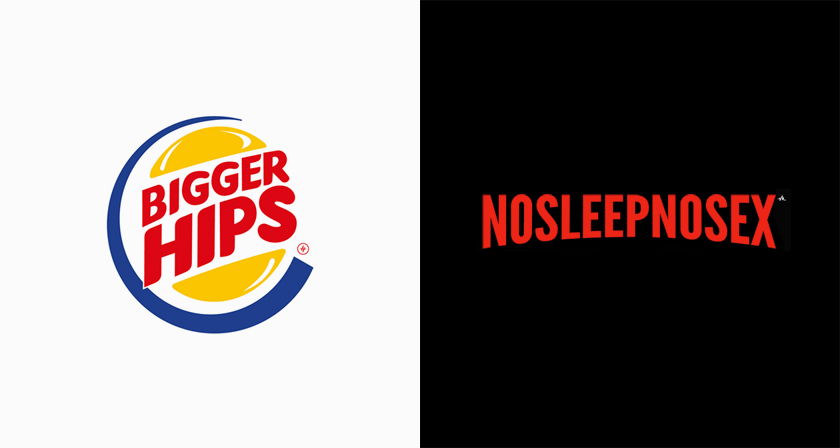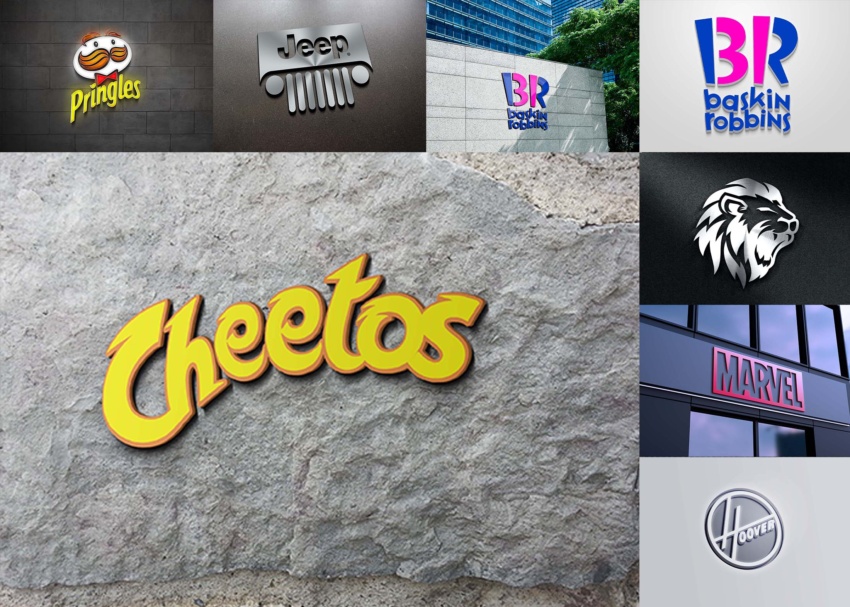Introduction:
In the dynamic realm of advertising and pop culture, the art of parody has emerged as a powerful and entertaining tool. One particularly engaging facet of this creative expression involves humorously reimagining and parodying famous brands. From iconic logos to memorable slogans, the fusion of wit and satire has given rise to a unique form of entertainment that captivates audiences worldwide.
I. The Rise of Brand Parody:
1.1 The Evolution of Parody in Advertising:
Brand parody has undergone a fascinating evolution, transitioning from a niche form of comedy to a mainstream phenomenon. As audiences become more discerning and marketing-savvy, the art of brand parody provides a refreshing and relatable perspective on the products and services we encounter daily.
1.2 Social Media and Viral Culture:
The advent of social media has played a pivotal role in the proliferation of brand parody. Memes, GIFs, and short video clips make it easier than ever for content creators to share their humorous takes on well-known brands, contributing to the rapid spread and virality of these parodies.
II. The Anatomy of a Successful Brand Parody:

2.1 Humor as a Universal Language:
One of the key elements that make brand parody successful is its ability to tap into the universal language of humor. Whether poking fun at a familiar logo or satirizing a popular advertising campaign, humor has the power to transcend cultural barriers and resonate with diverse audiences.
2.2 Wit and Satire in Design:
Crafting a successful brand parody involves a delicate balance of wit and satire, often showcased through clever design elements. Talented artists and designers reimagine iconic logos, incorporating subtle or overt changes that transform the familiar into something hilariously unexpected.
III. Notable Examples of Brands Parody:

3.1 The Playful World of “Brandalism”:
“Brandalism” is a term coined to describe the playful act of subverting famous brands through art and parody. Artists like Banksy and Ron English have gained recognition for their satirical take on corporate logos, challenging societal norms and critiquing consumer culture.
3.2 Social Commentary Through Parody:
Beyond eliciting laughter, some brand parodies serve as poignant social commentary. By highlighting issues such as consumerism, environmental impact, or corporate behavior, these parodies encourage audiences to think critically about the brands they encounter daily.
IV. Challenges and Controversies:

4.1 Navigating Trademarks and Copyrights:
The world of brand parody is not without its challenges. Navigating the legal landscape of trademarks and copyrights requires careful consideration to avoid infringement issues. Many creators walk a fine line between parody protected by law and unauthorized use.
4.2 Striking the Right Tone:
While humor is subjective, striking the right tone in brand parody is crucial. Content creators must be mindful of potential backlash and ensure that their satire remains within the realm of good-natured humor rather than crossing into offensive territory.
V. Conclusion:
In the ever-evolving landscape of advertising and entertainment, brand parody stands out as a vibrant and engaging form of creative expression. With its ability to blend humor, wit, and social commentary, this art form has captivated audiences worldwide, providing a unique lens through which to view the brands that shape our daily lives. As content creators continue to push boundaries and reimagine the familiar, the world of brand parody promises to remain a dynamic and influential force in the realm of popular culture.



